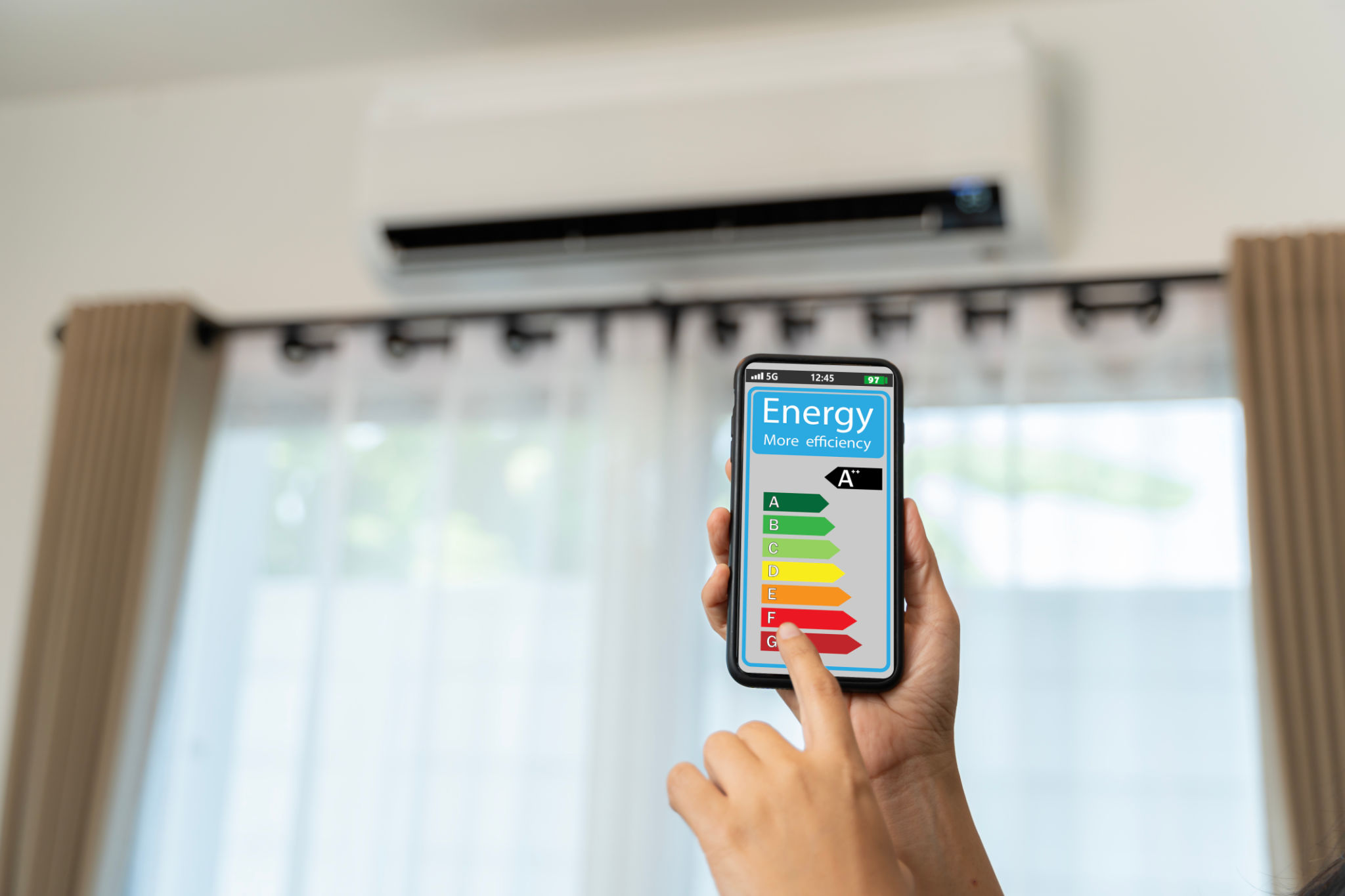How to Navigate the 1031 Exchange Process in Bexar County: A Step-by-Step Guide
Understanding the Basics of a 1031 Exchange
The 1031 Exchange, named after Section 1031 of the Internal Revenue Code, allows investors to defer capital gains taxes on the sale of investment properties by reinvesting the proceeds into a similar property. This tax-deferral strategy is particularly beneficial for real estate investors looking to grow their portfolios without immediate tax implications.
In Bexar County, navigating the 1031 Exchange process involves several key steps and considerations. Understanding these steps can help you leverage this powerful tool to optimize your real estate investments.

Step 1: Determine Eligibility
Before initiating a 1031 Exchange, ensure your property qualifies. Generally, only properties held for investment or business purposes are eligible. The exchanged properties must be of "like-kind," meaning they must be of similar nature or character, even if they differ in quality or grade.
Additionally, personal residences do not qualify for a 1031 Exchange. It's vital to consult with a qualified intermediary or tax advisor in Bexar County to confirm eligibility and understand the specific requirements.
Step 2: Choose a Qualified Intermediary
A qualified intermediary (QI) is essential in facilitating a 1031 Exchange. The QI acts as a middleman who holds the sale proceeds from your relinquished property and uses them to purchase the replacement property. Selecting a reputable and experienced intermediary is crucial to ensure compliance with IRS regulations.

Research and select a QI who is well-versed in Bexar County real estate transactions. This expert will guide you through the process, ensuring all paperwork and timelines are meticulously followed.
Step 3: Identify Replacement Property
Once you've sold your property, you have 45 days to identify potential replacement properties. You can list up to three properties, regardless of their value, or more if they meet specific valuation criteria. This timeline is strict, so it's advisable to have potential replacements in mind before selling your property.
The identified properties must be like-kind and must align with your investment goals. Proper planning and consultation with your real estate agent can help streamline this selection process.

Step 4: Close on the Replacement Property
After identifying the replacement property, you have 180 days from the sale of your original property to complete the purchase. This timeline includes the initial 45-day identification period, making it essential to act promptly.
Working closely with your QI and real estate professionals in Bexar County will ensure a smooth closing process. They will help coordinate between parties, manage documentation, and facilitate fund transfers.
Final Considerations
Navigating a 1031 Exchange in Bexar County requires careful planning and execution. It's beneficial to assemble a team of professionals, including real estate agents, tax advisors, and qualified intermediaries, to guide you through each step.
By understanding the intricacies of the process and adhering to IRS timelines, you can successfully defer capital gains taxes and continue expanding your real estate portfolio in Bexar County.
